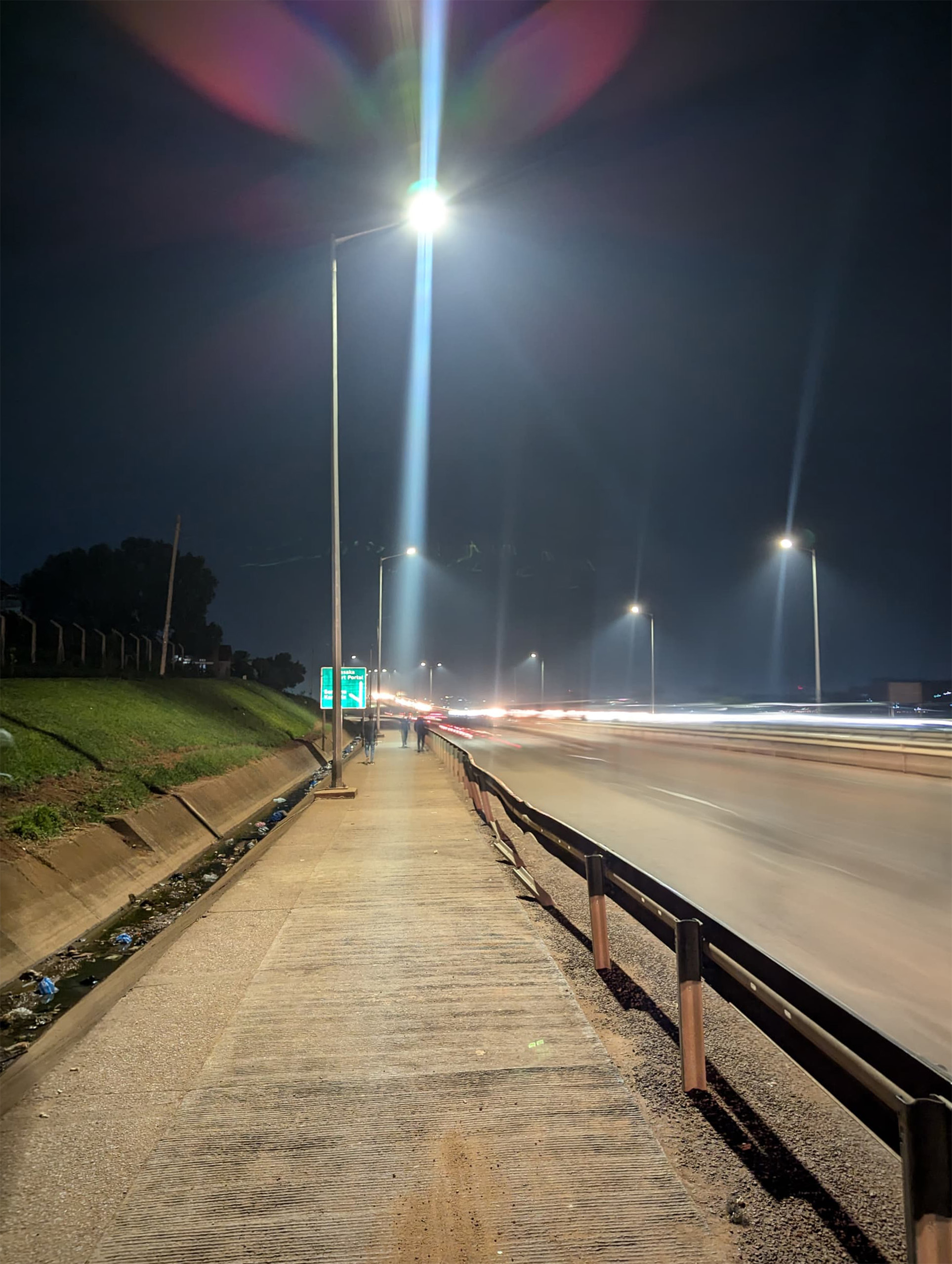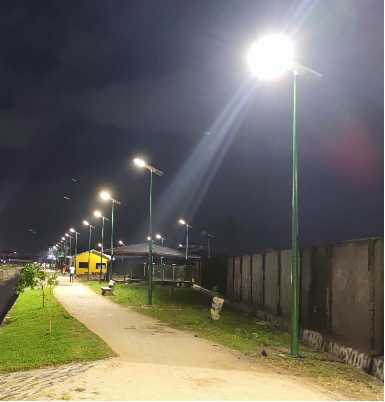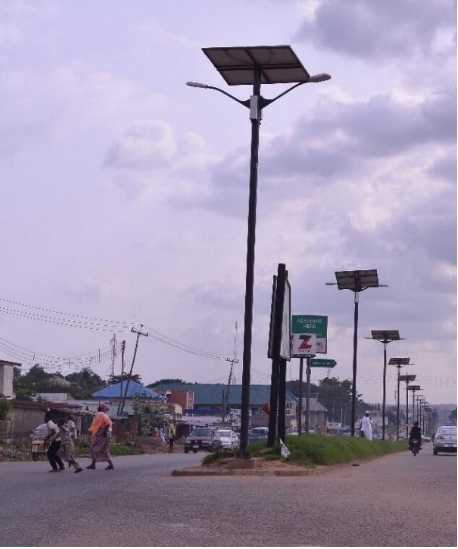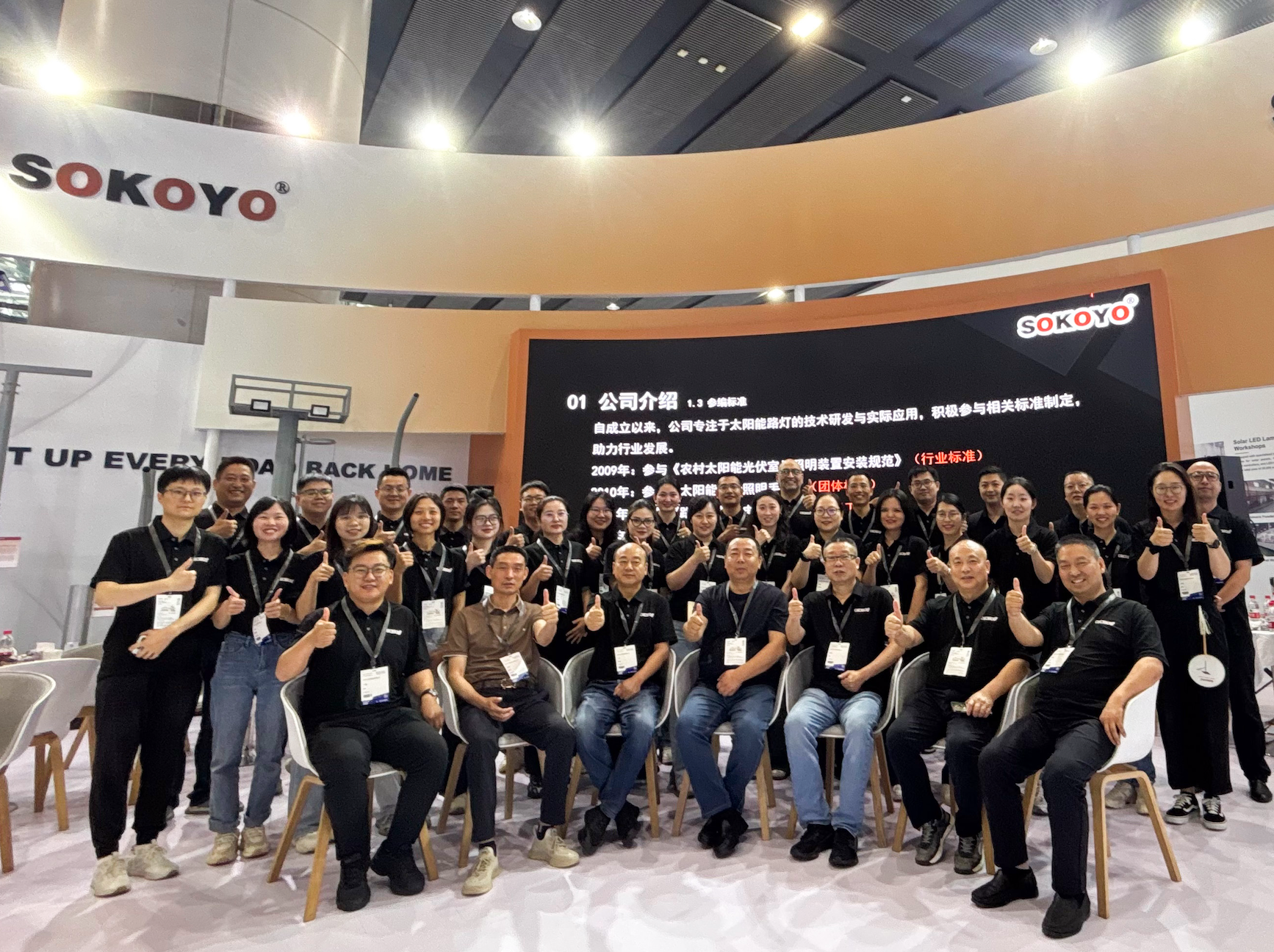How African Countries Can Choose the Right Street Lights: A Complete Guide
In many African countries, the need for better street lighting is not just about making roads brighter—it’s about keeping people safe, supporting local businesses, and allowing daily life to continue after sunset. Yet decision-makers often face real challenges: power outages that leave entire streets in darkness, limited public budgets, harsh weather that damages equipment, and difficulty finding reliable suppliers. Choosing the right street lighting solution means finding a balance between performance, cost, and long-term durability—because once the lights go up, they should serve the community for years to come.
With SOKOYO's years of experience in approximately 95 countries and regions around the world, we recommend that you refer to local lighting standards or relevant laws and regulations. Within a limited budget, choose the appropriate light source lumen value/lamp pole height. If you choose a solar street light product, you should also pay attention to the power generation efficiency of the solar panel, the energy storage efficiency of the battery, the controller, and the protective board.
For more details:
1. Identify Your Lighting Needs
Before selecting a street light, it’s important to define the project requirements:
Road type – Highways, urban roads, rural roads, or residential streets require different lighting specifications.
Lighting standards – Brightness, color temperature, and uniformity should meet both safety regulations and comfort needs.
Durability – Ensure a high Ingress Protection rating (IP65 or above) for dust and water resistance, as well as strong wind resistance.

8M 100W Split Solar Street Light Cases in Zambia
2. Choose the Right Energy Source
Solar Street Lights – Ideal for areas with limited access to electricity. They harness renewable energy, lower operating costs, and work independently of the grid.
Grid-Powered LED Street Lights – Suitable for cities with a stable power supply, offering high brightness and efficiency.
Hybrid Systems – Combine solar and grid power to ensure uninterrupted operation during cloudy or rainy days.

12M 180W LED Street Light Case in Uganda
3. Focus on Cost-Effectiveness
While the initial purchase price is important, the total cost of ownership matters more:
Low-quality products may require frequent repairs or replacements, leading to higher long-term costs.
High-quality solutions, like those from established manufacturers, offer better performance and durability, reducing maintenance expenses over time.

6M 50W All in One Solar Street Light Case in Camroon
4. Prioritize Sustainability
Many African countries are adopting green energy initiatives. Solar-powered and energy-efficient LED lights help reduce carbon emissions and support environmental policies. Choosing recyclable materials and eco-friendly designs ensures long-term benefits for communities and the planet.

8M 60W Split Solar Street Light Case in Nigeria
5. Select a Reliable Supplier
The right supplier can make or break a street lighting project. Consider:
Certifications – CE, ISO, IEC compliance for safety and performance assurance.
Local Support – Availability of technical assistance and spare parts in Africa.
Proven Track Record – Successful projects in African regions show the supplier’s reliability.
Conclusion
For African countries, the right street lighting choice is about more than just illumination—it’s an investment in safety, sustainability, and community development. Whether solar, grid-powered, or hybrid, the key is to choose a solution that balances performance, durability, and cost-effectiveness.
SOKOYO has extensive experience providing high-quality solar street lighting solutions across Africa. Our projects have helped communities in Cameroon/Nigeria/Benin achieve reliable and sustainable lighting. Contact us today to discuss a customized solution for your needs.
Currently the last one.
